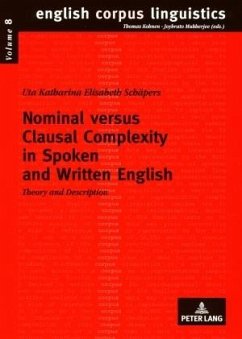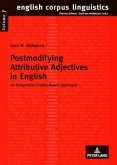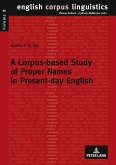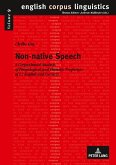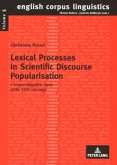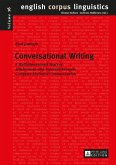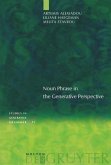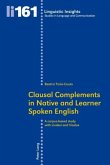Halliday has claimed that neither spoken nor written language is more complex than the other per se, but that the two mediums show different degrees of complexity on different levels. He argues that written language uses more lexical items within the clause whereas spoken language uses more clauses within the clause complex. Thus, written language should use more complex noun phrases and spoken language should use more complex clause complexes. The aim of the study was to conduct a corpus-based study to analyse spoken and written language samples with regard to differences in complexity on the level of noun phrases and clause complexes. With the help of this study it was possible to refute Halliday's thesis as the data show that both noun phrases and clause complexes are more complex in the language samples under scrutiny.
Bitte wählen Sie Ihr Anliegen aus.
Rechnungen
Retourenschein anfordern
Bestellstatus
Storno

